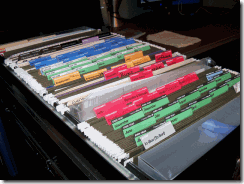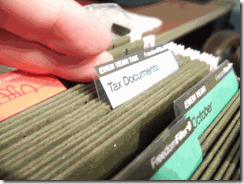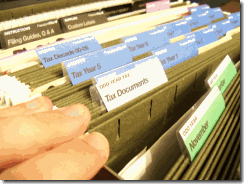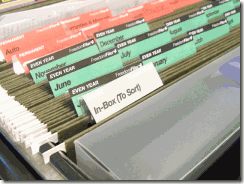If you’re interested in home schooling your children, you’d better be finding out how to do it legally. Home schooling is legal in all fifty states but each state has it’s own rules and methods of doing it.
Before we begin this discussion, let me first say that I am not a lawyer. I have never played one on tv. I do not want to be a lawyer. You should consult with your own attorney before taking my advice about ANYTHING.
It is currently legal to home school in all 50 of the states, but each state has their own particular rules that must be followed. To find out the laws for your state check out the Home School Legal Defense Association, who has detailed information about each state’s requirements. We plan to join the HSLDA when Phoebe starts first grade just as a little backup.
For Georgia laws, you can check out their requirements here. My interpretation of the laws – AGAIN, I AM NOT AN ATTORNEY, THESE ARE MY INTERPRETATIONS OF THE LAWS – are that Georgia doesn’t require anything too terribly difficult.
The rules as they are on the website:
- Parent or guardian must annually submit to the superintendent of the local school district a Declaration of Intent to Utilize a Home Study Program by September 1 or within 30 days after a program is established. The local school superintendent will provide a form upon request for this purpose to be returned to that office.
- The declaration must include the names and ages of the students, the address where the program is located, and the dates of the school year.
- Parents or guardians may teach only their own children in the home study program provided the teaching parent or guardian possesses at least a high school diploma or a general educational development (GED) equivalency diploma, but the parents or guardians may employ a tutor who holds at least a high school diploma or a general education diploma to teach such children.
- The home study program must include, but is not limited to, instruction in reading, language arts, mathematics, social studies, and science.
- The school year must include the equivalent of 180 days of at least 4-1/2 hours of instruction per day unless the child is physically unable to comply with this requirement.
- Monthly attendance reports must be sent to the local superintendent at the end of each month. The local school superintendent will, upon request, provide the reporting forms.
- Students in home study programs shall be subject to an appropriate nationally standardized testing program administered in consultation with a person trained in the administration and interpretation of norm referenced tests. The student must be evaluated at least every three years beginning at the end of the third grade. Records of such tests shall be retained.
- The instructor shall write an annual progress assessment report in each required subject area for each student. These reports shall be retained for at least three years.
My interpretation in a nutshell:
- Anyone who is teaching my kid must have a high school diploma.
- I have to keep records of what my kid is studying and her progress.
- She needs to learn the basics: readin’, writin’ and ‘rithmatics and some science and social studies and we need to spend at least 180 days every year studying these things.
- I have tell my local school district that I am homeschooling by September 1st every year. I also control when our calendar begins and ends. Additionally, I have to send a monthly attendance report to my local school district. The forms will be provided to me upon request although the GHEA has an Excel version HERE.
- Starting with 3rd grade, we need to do some sort of standardized test but we don’t have to give the results to anyone. We will have to do these tests again in the 6th, 9th, and 12th grades.
See? Not too bad…
Now an extra added bonus to this is that Georgia has compulsory schooling for kids from 6 to 16 with keeping in mind being that a kid has to be 6 on or before September 1st to start first grade. So in this case, even though we will be home schooling this Fall, I do not have to start following these rules until 2014.
Are you considering home schooling your child? How do you feel about what it means to do it legally?
UPDATED: May 9, 2012: The law has just recently changed. Please see Homeschooling Laws in Georgia: REDUX.














